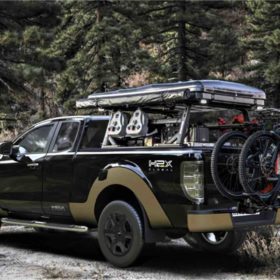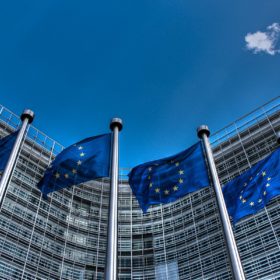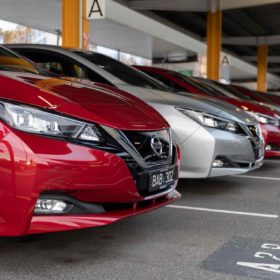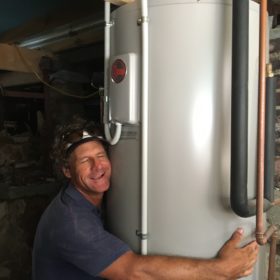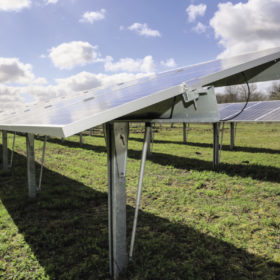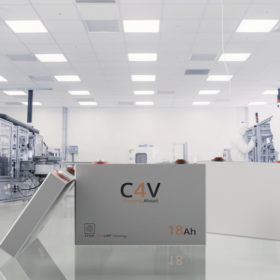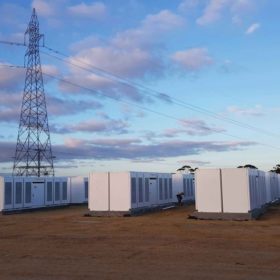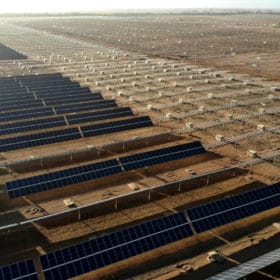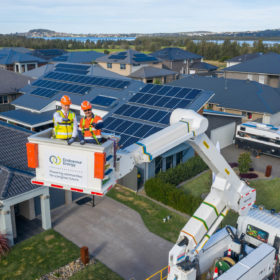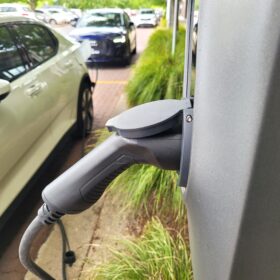Suite of hydrogen-fuelled vehicles to enter Australian market following Warrego fanfare
Australian startup H2X is banking on bringing automotive manufacturing back to Australia with hydrogen. After its Warrego ute was met with startling fanfare last week, pv magazine Australia caught up with the company’s corporate affairs specialist, Tony Blackie.
How Europe’s carbon border tax will affect Australia
Europe plans to introduce a Carbon Border Adjustment Mechanism in two years, requiring importers to pay a carbon price on steel, iron, aluminium, cement, electricity and fertiliser initially. Experts explain what the changes will mean for Australia’s export future, and just how little the legality debate matters.
The sci-fi future of EVs: vehicles could become the grid
Electric vehicles could autonomously transport electrons between where they’re generated and where they’re needed based on algorithms and smart software, predicts JET Charge CEO Tim Washington. Such a future, he admits, is “pretty sci-fi” and still a while off.
UNSW study: channelling rooftop PV into water heating is a residential super saver
Put solar in your hot water tank! Off-peak electricity rates are fast becoming an unhelpful price signal for rooftop solar owners, who benefit by self consuming their excess solar ahead of drawing electricity from the grid at any time of day.
English solar developers expand into friendly New Zealand
Hive Energy, Ethical Power Group and Solar South West have set up a joint venture they hope will lead to 350 MW of utility scale installations in a country which does not suffer from grid congestion and which appears to have an energy transition-friendly administration.
Sunday read: Digesting Europe’s border tax proposal
The European Union’s proposed carbon border tax on imports of energy-intensive goods could push up prices of steel, aluminium and raw materials, which could add costs to the supply chain for solar PV installations. In the longer run, however, the border tax could also offer solar PV manufacturers new opportunities to source materials with a lower carbon footprint.
Saturday read: Gigafabs in India
India’s solar module makers have built a strong track record, and now the country is set to see vast battery facilities developed. Uma Gupta provides a look into ambitious manufacturing projects and the wider enabled ecosystem.
AEMO pushes ahead with settlement reform for NEM
A market reform more than four years in the making is set to be introduced in less than 30 days with the Australian Energy Market Operator this week confirming the five-minute settlement period will come into effect on October 1, 2021.
Victoria opens tender for ‘at least’ 600 MW of renewables in second reverse auction
The Victorian government has launched its second Victorian Renewable Energy Target auction, aiming to attract “at least” 600 MW of new renewable energy capacity to the state.
Solar could supply 77% of Australia’s electricity demand by 2026
Australia’s solar uptake is now forecast to reach 8.9 GW by 2025, on top of the 14 GW already installed, according to the Australian Electricity Market Operator.
